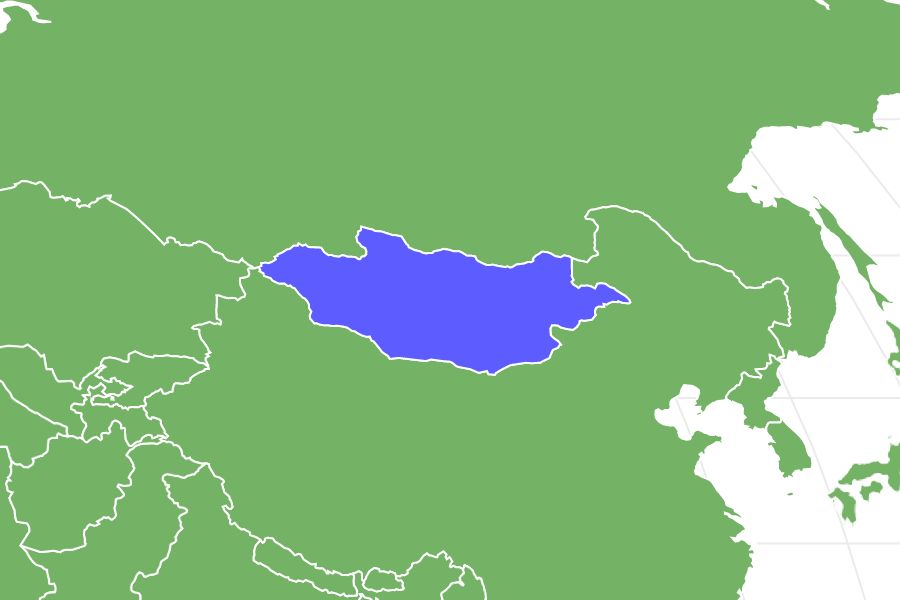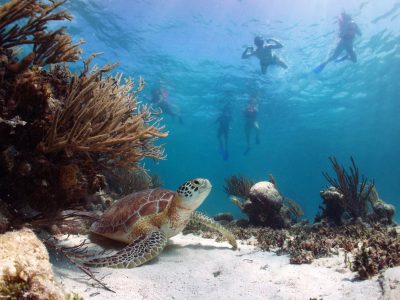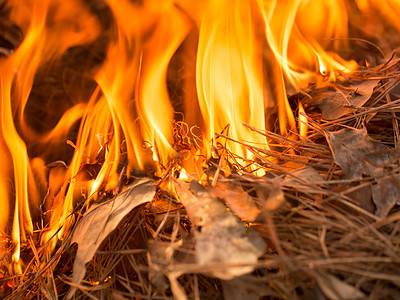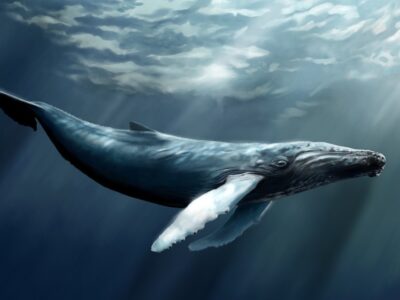Oviraptor
Oviraptor means "egg thief" or "egg seizer," though they were quite protective of their own eggs.
Advertisement
Oviraptor Scientific Classification
- Kingdom
- Animalia
Read our Complete Guide to Classification of Animals.
Oviraptor Conservation Status
Oviraptor Facts
- Fun Fact
- Oviraptor means "egg thief" or "egg seizer," though they were quite protective of their own eggs.
- Favorite Food
- Plants, insects, eat mollosks, oysters, and other crustaceans, and other small animals
- Special Features
- Hard beak with wide lower jaw; feathers along entire body; crest along skull
View all of the Oviraptor images!
The Oviraptor is a genus of oviraptorid dinosaur.
The name is Latin for “egg thief,” which is what scientists originally believed it to be. However, additional research suggests that the parents of this species were quite protective, protecting a nest instead of attacking it as food. Oviraptors ruled in big numbers during the late Cretaceous period, using their powerful legs to carry their 5.2-feet long body around the semi-arid regions of Mongolia.
Description and Appearance
At an estimated 73-88 lbs., they had short cervical vertebrae which were more pronounced in the posterior region. There isn’t a lot of change in their body’s width, giving them a look that was quite similar to the Citipati. Unlike other oviraptorids, the furcula (clavicles) suggest that the neck and chest were long, while the shoulder blades measured about 23 inches long. Their arms included a humerus, radius, ulna, and manus. Their tibia measured above 5.87 long in juveniles, condensed into an egg that was just 5.5 inches. Based on the crushing of the specimen, it is possible that the actual length was up to .79 inches longer in juveniles.
Rather than a large and broad jaw, the oviraptor had a rigid beak without any teeth. However, they seem to have had some kind of projection in the palate that was similar to the tooth. The beak is a necessary part of their feeding, using it to feel along the ground as they looked for food. The bottom jaw was wider than the top.
Based on the current information that scientists know, this feathered dinosaur most likely had a crest along its skull. Their skull has larger openings than the skull of other dinosaurs, though the overall size of the skull in current specimens measures 17.9cm long. The head might be larger than this size since paleontologists were unable to locate a few parts of the body. Even without these details, the frontal and parietal bones suggest that it had a large crest.
With well-developed arms, each limb had a hand with three curved claws as its fingers. It also had four-toed feet with a smaller first toe. Current evidence suggests that the tail of the oviraptor was fairly short, though the pygostyle may have held multiple large feathers. The rest of the torso is difficult to estimate because the initial fossils of this dinosaur don’t have the posterior region of the skeleton. Based on the other bones, the oviraptor may have also had a longer snout than other dinosaurs.
- Weight: 73-88 lbs.
- Length: 5.2 feet
- Special features: Hard beak with wide lower jaw; feathers along the entire body; crest along the skull.
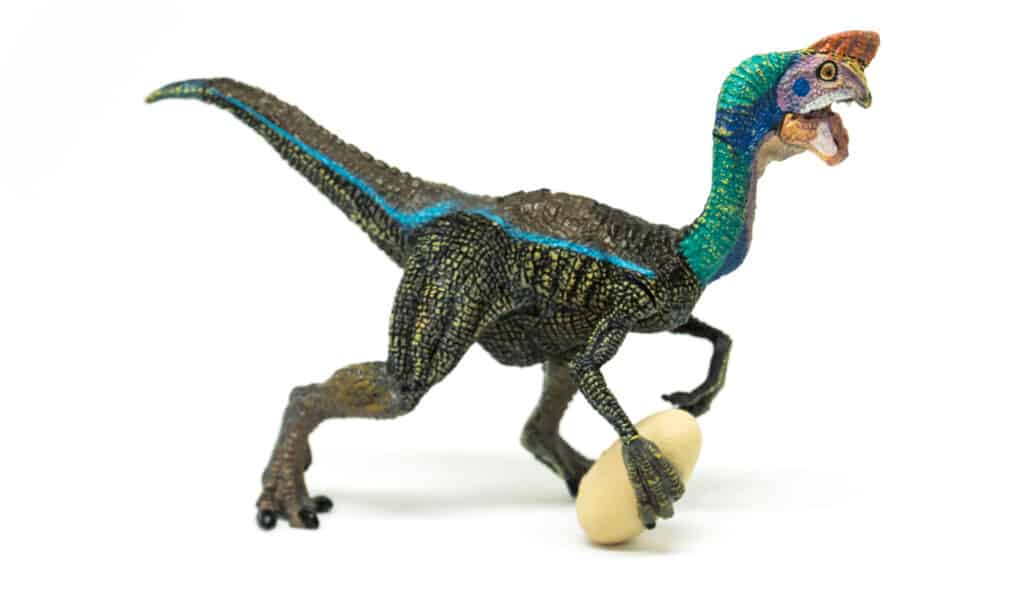
Scientists believe that the oviraptor’s tail was fairly short.
©Noiel/Shutterstock.com
Diet: What Did the Oviraptor Eat?
What did oviraptors eat when they were alive? Despite their affinity for semi-arid climates, Mongolia’s climate during the time that the oviraptor lived may have had a few areas covered in water, allowing the oviraptor to eat mollusks, oysters, and other crustaceans that they could break open with their beak. As an omnivore, the strong beak is ideal for both plants and animals. Their diet includes insects and other small animals, and their long legs suggest that they could quickly chase fast-moving prey.
The oviraptor was originally named for what researchers believed that it could do. The name of this dinosaur literally means “egg thief” or “egg seizer.” Though this idea of the typical diet of the oviraptor was perpetuated for decades after its discovery, recent research suggests a much different story. Instead of being a thief of the eggs of other dinosaurs, they were quite doting parents, protecting their nests at the first sign of trouble. While it is still likely that they ate other dinosaur eggs, they protected their own.
Habitat: When and Where the Oviraptor Lived
The first discovery of any oviraptor discovery occurred in Mongolia, leading scientists to conclude that they primarily lived in Asia. More specifically, the remains were found in the semiarid climate of the Djadokhta Formation, which has a climate that is reminiscent of the Gobi Desert.
During the late Cretaceous period, this area had many sandstorms, and it only got moisture as the seasons changed. The climate didn’t become very humid until the Campanian age. In the same region that the oviraptor was found, paleontologists discovered Apsaravis, Byronosaurus, Citipati, Gobipteryx, Khaan, and others.
Oviraptor: Threats And Predators
The oviraptor falls in the middle of the food chain as an omnivore, but its small body makes it a rather significant part of the diet of many carnivores. A tyrannosaurus rex would’ve easily overpowered it with the leverage over their size. To protect themselves against other threats, oviraptors might’ve been pack animals that travel together. Even if a predator managed to capture an oviraptor, they were up against a lot with their talons, beak, and claws.
Discoveries and Fossils: Where the Oviraptor Was Found
The first time that the oviraptor was discovered was in 1923 by Roy Chapman Andrews, who was leading a paleontological expedition at the time. Though there are many dinosaurs categorized under the genus of a similar name, the only way that scientists have identified what it may look like comes from a single skeleton, which is considered to be the holotype. They’ve also based their research and identification on a nest that was discovered with 15 eggs and the skeleton of a juvenile oviraptor. This discovery occurred in Mongolia on the Djadokhta Formation at the Flaming Cliffs.
Andrews was a North American naturalist, and the oviraptor was one of three different discoveries that day. It wasn’t until Henry Fairfield Osborn (North American paleontologist) identified it in 1924 formerly that it was made independent from the velociraptor and saurornithoides discovered during the expedition. The original identification used holotype AMNH 6517, which was only a partial skeleton with a crushed skull. It was also damaged in multiple areas of the spine. However, the positioning of the body only 10 cm away from the nest of eggs misled these scientists.
The idea that this dinosaur was going after the eggs as a source of food is how it got the name “oviraptor” in the first place. The name literally identifies this dinosaur as an egg thief, and the full scientific name specifies that they are an egg thief of ceratopsian eggs. However, more recent research suggests that this initial assumption could be wrong.
In the 1970s, a paleontologist from Mongolia – Rinchen Barsbold – found that the taxonomic placement of the oviraptor needed to change, based on the anatomical traits of other dinosaurs described as ornithomimids. Then, in the 1990s, archaeologists found that these dinosaurs were protecting their nest, rather than attacking it as food. While much is left to the imagination, many sources suggest that the sudden cataclysmic aftermath of an asteroid striking earth killed this particular specimen and that it was trying to protect the nest as it died.
Extinction: When Did the Oviraptor Die Out?
Like many dinosaurs, it is hard to say when the oviraptor specifically died out. Considering the placement of the few specimens, researchers believe that the oviraptor died out sometime around 75 million years ago towards the late Cretaceous period. The end of this period occurred abruptly with a possible asteroid hitting Earth. It is also possible that volcanic explosions were to blame.
Animals Similar to The Oviraptor
- Similar dinosaurs to the oviraptor include:
- Citipati – A medium-sized toothless dinosaur that was about 9.5 feet in length, which is just a little longer than the oviraptor. Its primary diet consisted of plants.
- Conchoraptor – A small therapod that primarily ate mollusks.
- Khaan – This beaked dinosaur’s name comes from the Mongol word for “lord” or “ruler.”
Oviraptor FAQs (Frequently Asked Questions)
When did oviraptors live?
The oviraptor is believed to have lived during the late Cretaceous period, which was about 66 million to 100 million years ago.
How big was the oviraptor?
With its impressive agility and survival skills, you might be surprised to find that the oviraptor is estimated to have been just 5.2 feet long. Researchers believe that it was about 73 to 88 lbs.
Thank you for reading! Have some feedback for us? Contact the AZ Animals editorial team.
Sources
- Dino Pit / Accessed May 17, 2022
- UCMP Berkeley / Accessed May 17, 2022
- Wikipedia / Accessed May 17, 2022
- Natural History Museum / Accessed May 17, 2022
- Wikipedia / Accessed May 17, 2022

